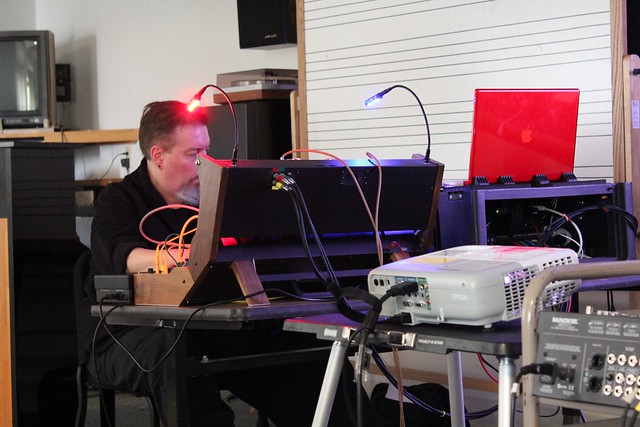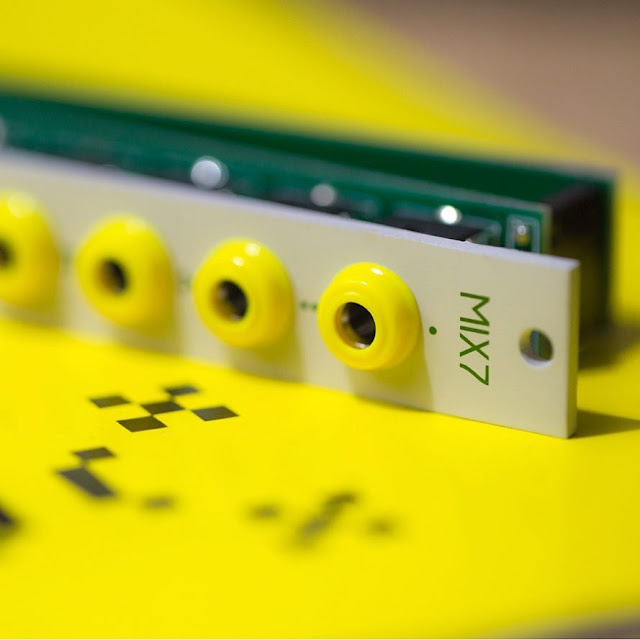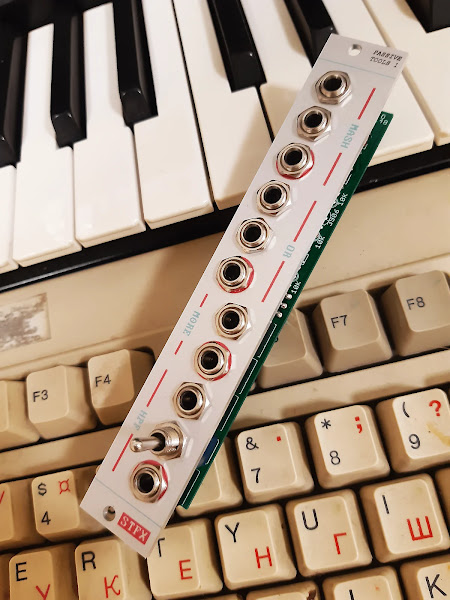


via Tiptop Audio
"Today, we are celebrating the release of the first set of ART-equipped modules, marking the first time this technology is ready for purchase. We are starting with the release of the ATX1 Analog VCO, Vortex Digital OSC, Octopus USB/MIDI interface, ART V/OCT Quantizer, and Control Path dual analog envelopes plus VCA.
On our website, we have dedicated the ART landing page as the knowledge base HQ for ART. There, you will find plenty of educational videos, module video manuals, and uploaded video playlists of music filmed during beta testing. ART is simple to use and easy to understand, and with those videos, we made sure all aspects and potential misinformation have been addressed. Additionally, more information is in the process of being added in the coming days for both DIY enthusiasts and module makers on how to implement ART, including a free reference design that adds ART to Mutable Instruments Braids and Plaits.
The creative process of making music on a modular synthesizer is a unique tactile and aural experience. With ART modules, we are entering the territory of tunable instruments and polyphonic multi-timbral compositions but with the sound design power and immediate interface of a modular synthesizer. The initial release focuses on the mono VCOs that you can use to build voices quickly or combine for discrete polyphony. Very soon, we will extend the lineup with the fully polyphonic ART modules and the release of the Polytip patch cable."
Individual modules below. Systems:
Pictured Top: The Analog Bundle S1 $945 Save 33%
Middle: The Analog Bundle S2 $999 Save 33%
Bottom: Vortex 6, Octostages Poly Envelope, Octapass Poly Filter, Octagain
ART Demo Videos
ART Beta Testing recordings
ART Essentials
ART modules video manuals
Demo patches, tips for sound design
ATX1
A classic all analog saw VCO core with 3 switchable modes, ART, 1V/Oct, LFO and is recommended as the basic building block for ART systems. It is designed for patching analog polyphonic synths from discrete modules or multi-mono patches in ART mode. When using ART the ATX1 takes care of the tuning including accounting for temperature changes. In 1V/Oct mode the ATX1 runs as a standard old school modular VCO. LFO mode drops the frequency range and is great for patching vibrato to other ATX1s among other things. The ATX1 outputs variable waveshapes with manual or CV control. Classic FM, PWM and hard sync are provided. A dedicated Gate Out in ART mode manages the voice envelopes or any modulation synced to that voice. We consider the ATX1 the best sounding analog VCO we ever created.


.jpg)



























































